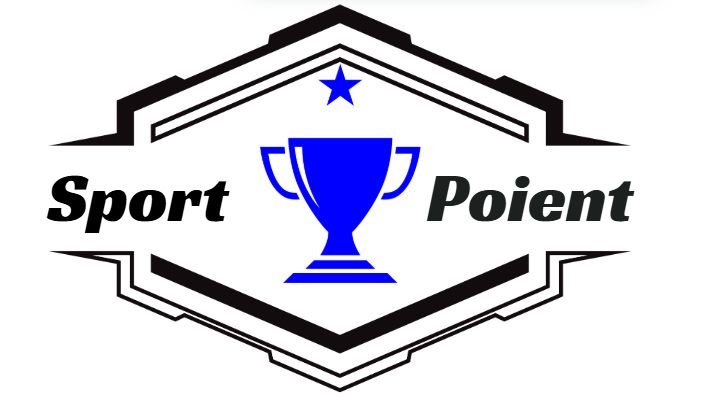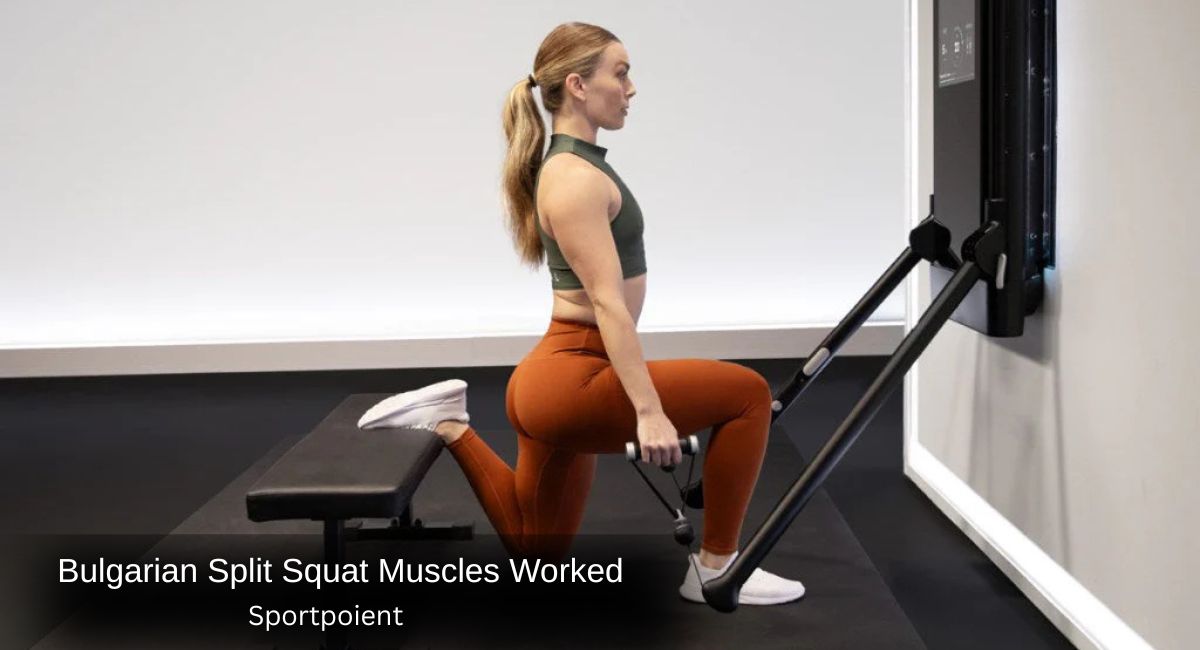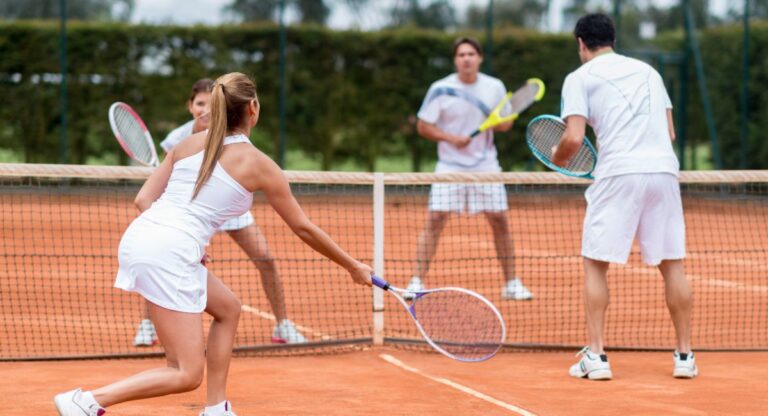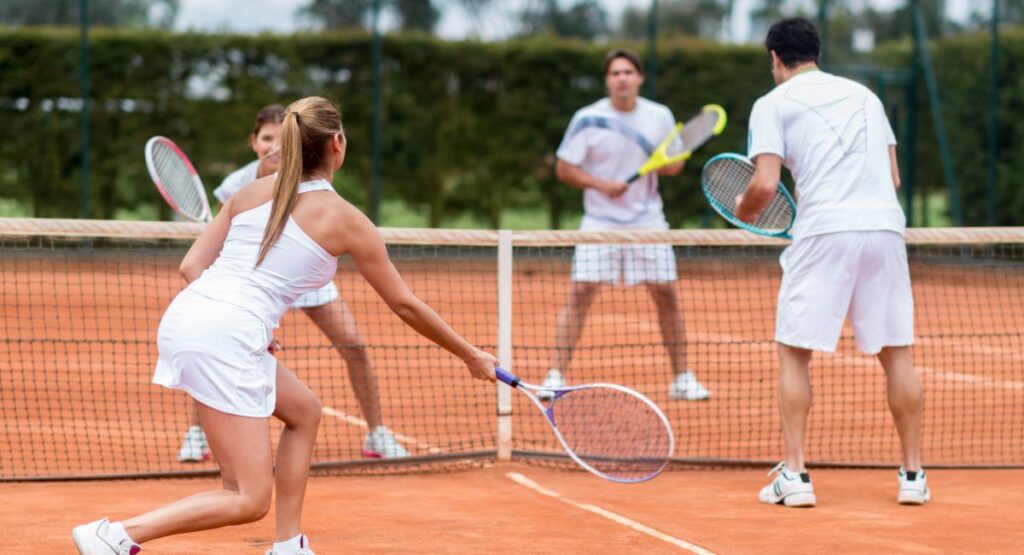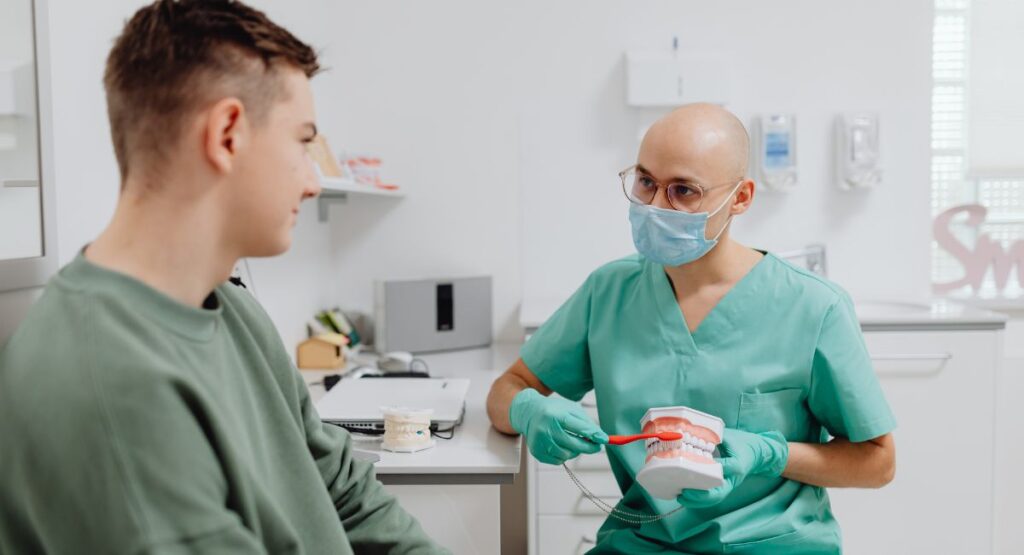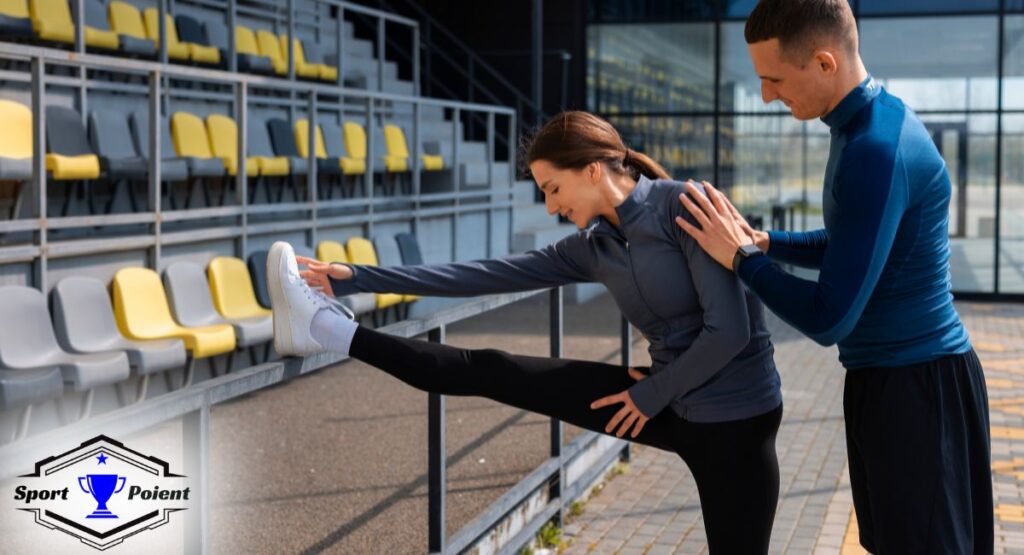If you’ve ever wondered how Bulgarian split squat muscles worked, you’re not alone. This powerful single-leg exercise is a favorite among athletes, bodybuilders, and fitness enthusiasts because it activates multiple muscles simultaneously. But what muscles do Bulgarian split squats work exactly? From your quads and glutes to stabilizers like the core and hamstrings, the Bulgarian split squat muscles worked deliver strength, balance, and muscle growth, making it a must for any leg workout in 2025.
Quick Answer — What Muscles Do Bulgarian Split Squats Work?
The Bulgarian split squat is a unilateral leg exercise that challenges strength, stability, and balance. Wondering “what muscles does Bulgarian split squat work?” Here’s the quick breakdown:
Muscle Group | Muscles Targeted |
Primary | Quadriceps, Gluteus Maximus |
Secondary | Hamstrings, Calves (Gastrocnemius & Soleus), Adductors, Core stabilizers (abs, obliques, spinal erectors) |
By adjusting torso angle and foot placement, you can emphasize quads or glutes more effectively. This makes the Bulgarian split squat muscles worked one of the most versatile leg exercises for 2025.
Primary Muscles Worked in the Bulgarian Split Squat
The main muscles worked Bulgarian split squat are the quadriceps and glutes, making it one of the best exercises for lower-body strength and size. The quadriceps include rectus femoris, vastus lateralis, vastus medialis, and vastus intermedius, which control knee extension and descent. The gluteus maximus powers hip extension, while the gluteus medius ensures stability, balance, and support. This combination makes the Bulgarian split squat worked glutes and quads more effective than lunges, delivering strength and symmetry in every rep.
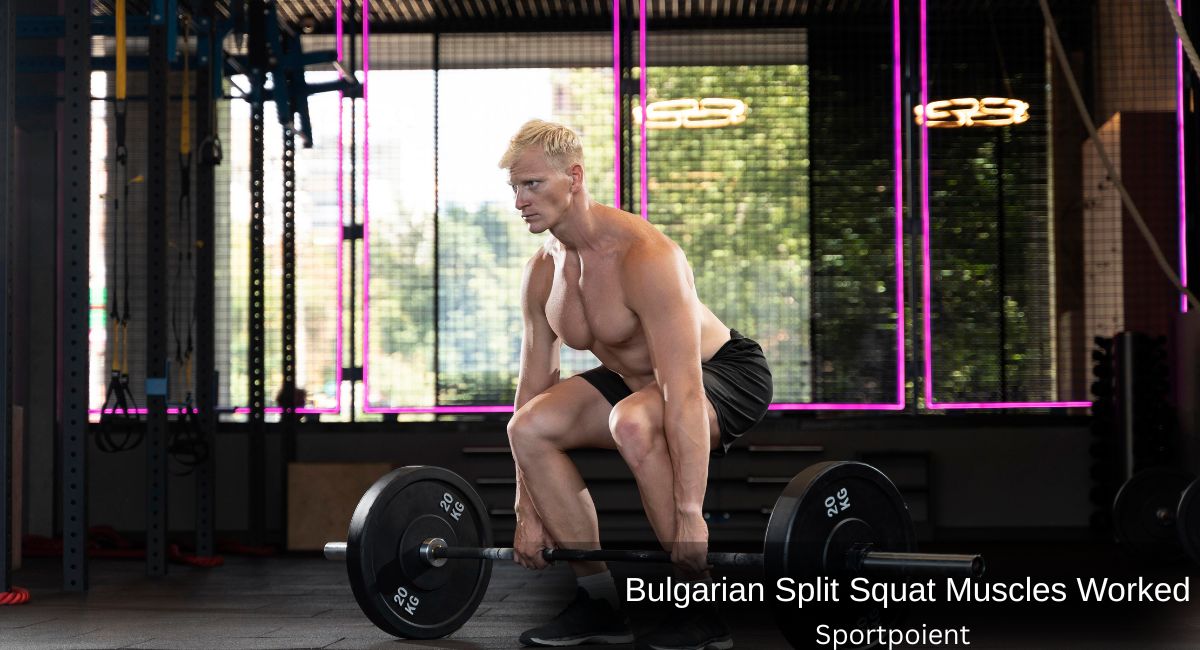
Secondary & Stabilizer Muscles Worked in Bulgarian Split Squat
While quads and glutes take center stage, the secondary muscle worked Bulgarian split squat adds additional benefits. Hamstrings assist in hip extension, controlling descent and powering upward. Calves (gastrocnemius and soleus) stabilize the ankle, while adductors and abductors maintain hip alignment. Core and spinal erectors engage throughout, maintaining posture and protecting the lower back. Together, these stabilizers make the Bulgarian split squat a full lower-body and core strength builder, improving balance, mobility, and control in every rep.
How Torso Angle and Foot Placement Affect Which Muscles Work
The way you position yourself determines how the Bulgarian split squat works what muscles. An upright torso shifts tension to the quadriceps, creating a quad-focused movement. A slight forward lean emphasizes the glutes and hamstrings, activating the posterior chain. Stance width and bench height also influence muscle engagement—wider steps target the hips, shorter steps emphasize quads, and moderate bench height maximizes control. Adjusting these factors allows you to target specific muscles and optimize leg growth, balance, and strength in 2025 training routines.
Muscles Worked in Bulgarian Split Squat vs Other Leg Exercises
Many ask, “which muscles do Bulgarian split squats work compared to other leg moves?”
- Bulgarian split squat vs lunge: Both train quads and glutes, but the elevated rear foot increases quad demand and balance.
- Bulgarian split squat vs back squat: Squats use both legs, while split squats focus 70–85% on the front leg, engaging stabilizers more.
- Bulgarian split squat vs step-up: Both build unilateral strength, but split squats increase muscle stretch and time under tension.
These comparisons highlight why the Bulgarian split squat muscles worked are essential for balanced lower-body development in 2025.
Benefits Beyond Muscle Growth
The muscles worked in Bulgarian split squat extend beyond quads and glutes. This exercise builds unilateral strength, corrects imbalances, and improves balance and mobility. For lifters with knee or back concerns, it’s a joint-friendly leg exercise. The elevated rear leg provides a hip flexor stretch, enhancing flexibility. Combined, these benefits make the Bulgarian split squat a powerful tool for injury prevention, functional fitness, and long-term athletic performance, making it a must for 2025 leg routines.
Step-by-Step Guide — How to Do a Perfect Bulgarian Split Squat
Start with proper setup: place your rear foot on a bench at a comfortable height and position your front foot so the knee aligns over the ankle. Keep an upright torso, brace your core, and keep shoulders back. Inhale as you lower, exhale pushing through the front heel. Wondering what muscle do Bulgarian split squats work during each phase? Quads dominate on descent, while glutes and hamstrings drive the ascent. Proper cues ensure safety, stability, and maximum muscle activation in every rep.

Bulgarian Split Squat Variations for Targeting Different Muscles
- Beginner: Bodyweight or TRX-assisted
- Intermediate: Dumbbells or kettlebells
- Advanced: Barbell, front-rack, or explosive jumps
- Front-foot elevated: Targets glutes specifically
- Paused & tempo variations: Increase time under tension
These variations allow control over intensity, muscle focus, and progression in 2025 workouts.
Programming Bulgarian Split Squats for Results
Program the Bulgarian split squat muscles worked strategically:
- Hypertrophy: 3–4 sets of 8–12 reps with moderate to heavy weight
- Strength & stability: 4–6 reps with heavier loads
- Workout placement: Before squats for activation, after for endurance
- Athletes, bodybuilders, rehab: Adapt for balance, hypertrophy, or mobility
This ensures maximum engagement of quads, glutes, hamstrings, and core safely.
Common Mistakes & How to Fix Them
Errors reduce the muscle worked Bulgarian split squat:
- Overusing the back leg shifts effort from quads and glutes—drive through the front heel
- Rear foot placement too high/low affects balance and knee alignment
- Knee valgus (caving inward) compromises stability
- Leaning too far forward stresses lower back
Correcting these ensures full activation of quads, glutes, hamstrings, and stabilizers for safe growth.
Research & Evidence (EEAT Added)
Studies show the Bulgarian split squat muscles worked differently depending on form. EMG research highlights quad dominance upright and glute-hamstring activation with a forward lean. Force distribution studies show 70–85% of load on the front leg, emphasizing unilateral strength. These findings explain how torso angle and foot placement shift focus between the anterior and posterior chain, helping lifters target quads or glutes safely and effectively in 2025.
Final Thoughts — Mastering the Bulgarian Split Squat
The Bulgarian split squat muscles worked include quads, glutes, hamstrings, calves, and core stabilizers, making it a complete lower-body exercise. Master proper form, foot placement, and posture to maximize strength, balance, and flexibility. Progress gradually with weight, variations, and tempo, and consistently practice technique to unlock full muscle-targeting benefits while minimizing injury risk.
Bulgarian Split Squat FAQ (2025)
What muscles does Bulgarian split squat work?
The Bulgarian split squat muscles worked include quads, glutes, hamstrings, calves, and core. Adjusting torso and foot placement emphasizes specific muscles in 2025 workouts.
Do Bulgarian split squats work better than squats?
They improve unilateral strength and balance, focusing more on stabilizers. They complement squats rather than replace them in 2025 leg programs.
Can you build big legs with Bulgarian split squats?
Yes, they are effective for quad and glute hypertrophy when programmed in 2025 routines.
What part of the glutes do Bulgarian split squats target?
Primarily the gluteus maximus and gluteus medius, improving shape and strength.
Why do Bulgarian split squats make my glutes sore?
Soreness occurs because the glutes are highly activated during hip extension and stabilization.
Which muscles do Bulgarian split squats work compared to step-ups?
Split squats engage quads, glutes, hamstrings, and stabilizers more intensely, improving balance and unilateral strength for 2025 training plans.
